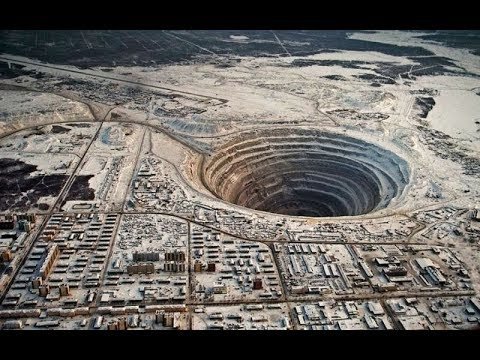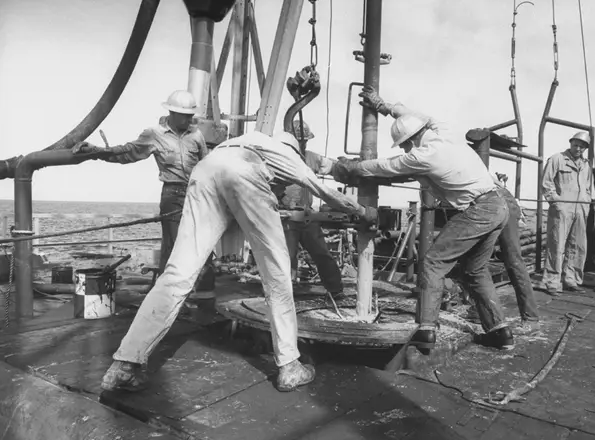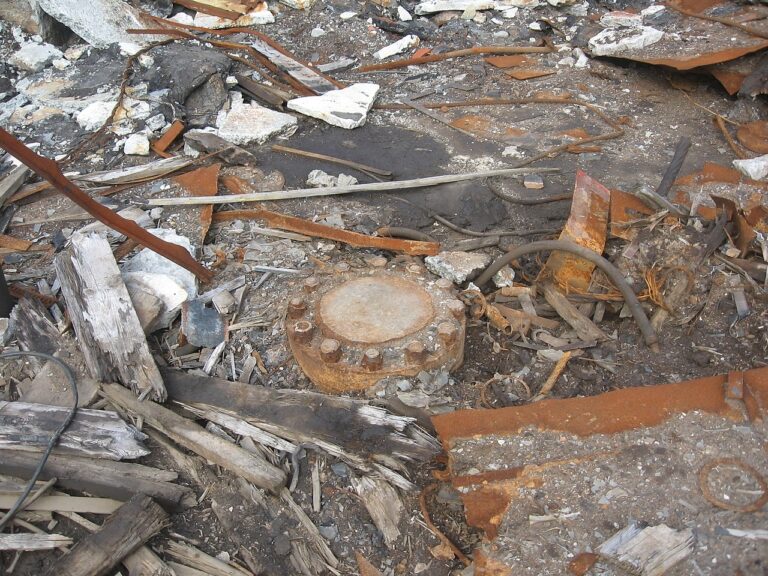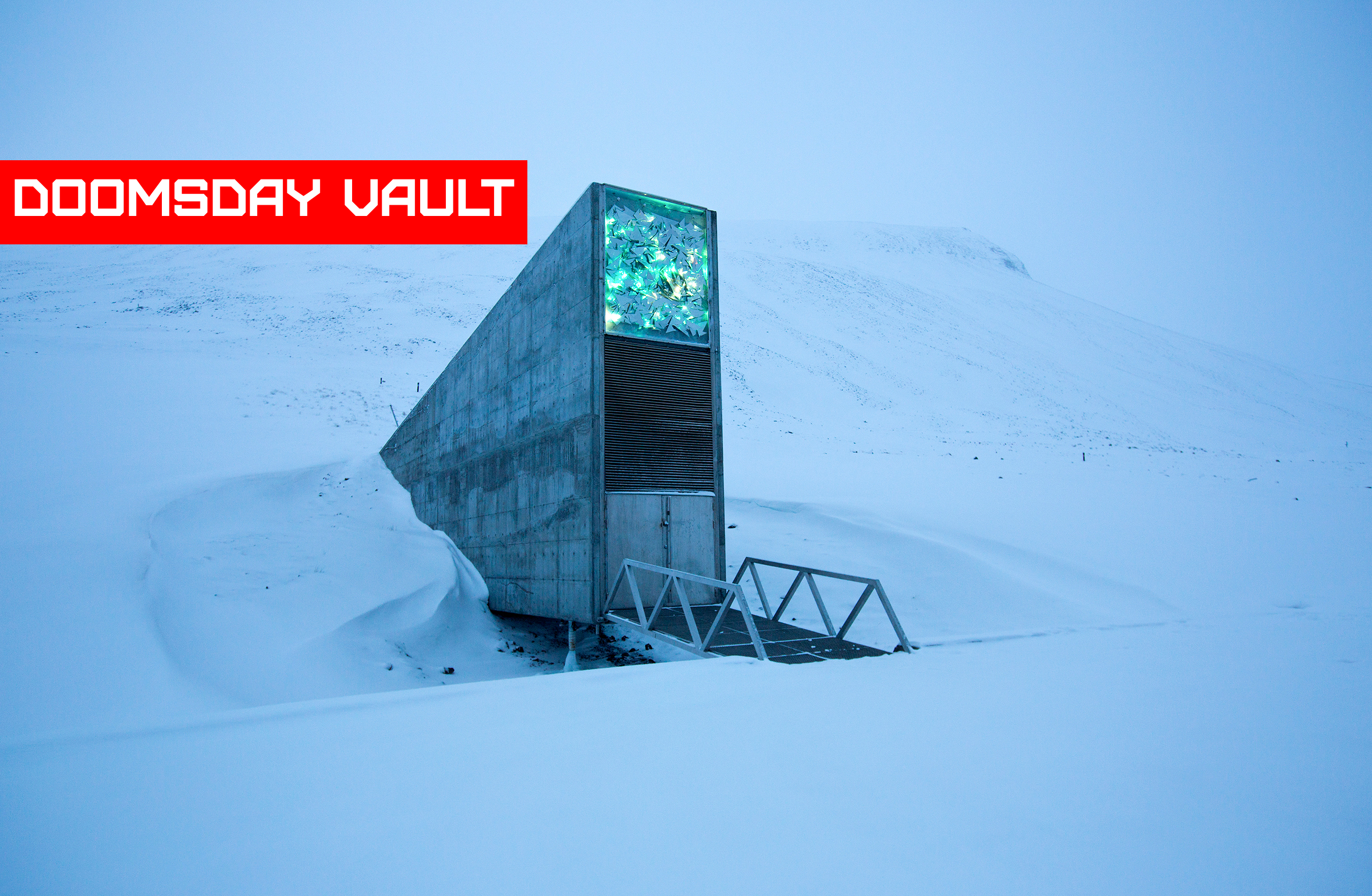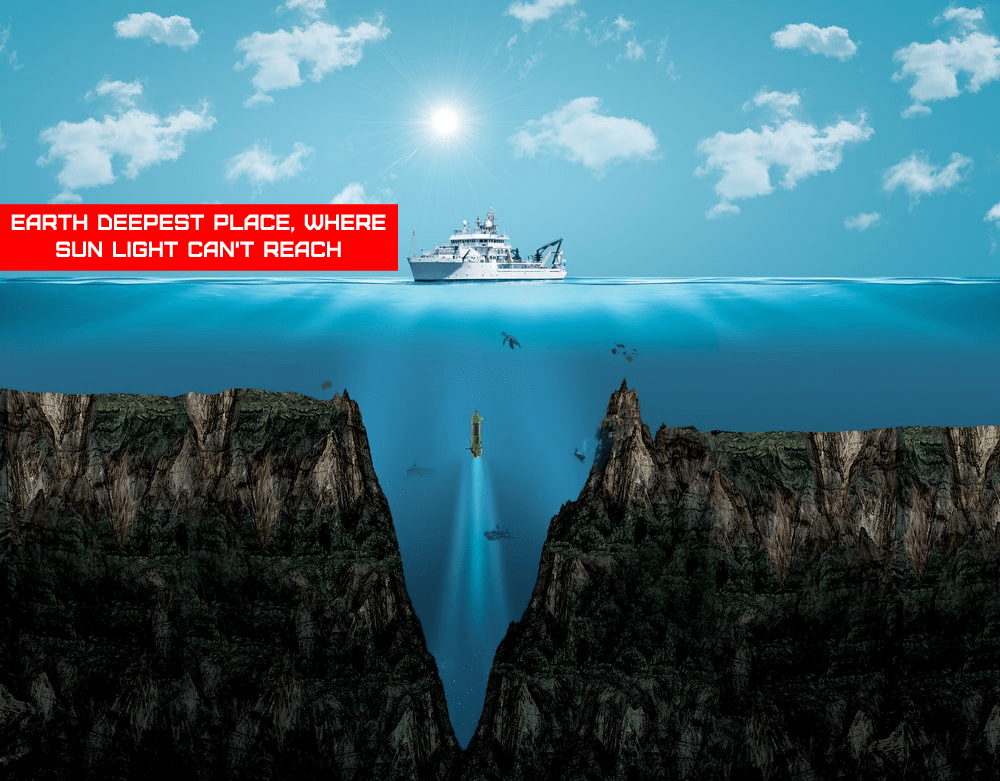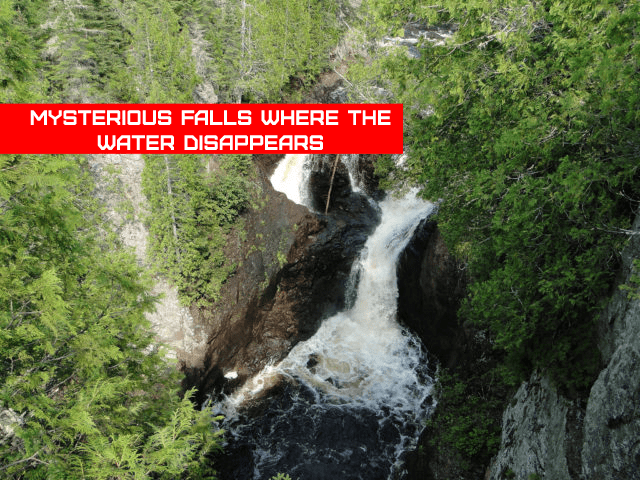The deepest hole in the world is the Kola Super-Deep Well (in Russian: олскa сверлуока скваина), the result of a scientific prospecting project for the defunct Soviet Union, which was then located on the Kola Peninsula, in the far north of Russia’s European Union, near the border with Finland, forming part of the Murmansque Oblast.
About Deepest Hole
This is the Kola Superdeep Borehole, the world’s deepest manufactured hole and artificial point. The 40,230ft (12.2km) underground structure is so deep that residents think they can hear the moans of tortured souls in hell. The Soviets took nearly 20 years to dig thus far, but the drill bit was only approximately one-third of the way through the crust to the Earth’s mantle when the project came to a standstill amid post-Soviet Russia’s upheaval.
Why Deep Hole Project Started?
The Soviet Union’s superdeep borehole isn’t the only one. During the Cold War, nations raced to drill as deeply as possible into the Earth’s crust – and even into the planet’s mantle.
“The digging began during the Iron Curtain,” recalls Uli Harms of the International Continental Scientific Drilling Program, who worked on the German counterpart to the Kola borehole as a young scientist.”There was clearly rivalry among us.” One of the major reasons was that Russians were really not helpful with their information.
“Free water was discovered by the Russians when they started digging, something most scientists discounted.” “Western experts used to believe that the foundation was so strong 5 kilometres beneath the earth’s surface that no water could permeate.”
The ultimate aim of the research, according to Sean Toczko, programme manager for Japan’s Agency, is to gather real living samples of the mantle as it is right now. Mantle has been present for millions of years, despite being located closer to the surface in locations like Oman.
If the Earth is like an onion, the crust is the planet’s thin shell. It is barely 25 miles (40 kilometres) thick. Beyond this lies the 1,800-mile-deep mantle, and beyond that is the core, which is located directly at the heart of the Earth.

The rush to explore this uncharted “deep frontier,” like the space race, required engineering prowess, cutting-edge technology, and the “right things.” The scientists were venturing into uncharted territory. The rock samples that these super-deep boreholes might provide were potentially as valuable to science as anything Nasa brought back from the moon. The main difference was that the Americans did not win the race this time. In reality, no one did.
The United States had launched the first drill in the contest to explore the deep frontier. The fantastically called American Miscellaneous Society devised the first serious proposal to drill down to the mantle in the late 1950s. The society-turned-drinking-club was an informal gathering of the top scientists in the United States. Project Mohole, named after the Mohorovii discontinuity that divides the crust and the mantle, was their attempt at drilling through the Earth’s crust to the mantle.
Rather of drilling a particularly deep hole, the US expedition elected to take a short cut through the Pacific Ocean floor off the coast of Guadalupe, Mexico, as reported by author John Steinbeck.
The benefit of drilling into the ocean floor is that the Earth’s crust is thinner there; however, the problem is that the weakest regions of crust are generally where the water is deepest.
When Deep Hole Project Started?
In 1970, the Soviets began drilling in the Arctic Circle. Finally, in 1990, the German Continental Deep Drilling Program (KTB) began in Bavaria, drilling to a depth of 5.6 miles (9km).
The challenge, as with the Moon mission, was that the technology required for the accomplishment of these trips had to be created from scratch.
Deep-sea drilling for oil and gas was still a long way off when Project Mohole began drilling into the seabed in 1961. Nobody has yet devised key technologies like dynamic positioning, which allows a drill ship to maintain its position above a well. Instead, the engineers were forced to improvise.
To keep their drill ship stable above the hole, they constructed a series of propellers around the sidewalls.
“What the Russians demonstrated was that you have to drill as vertically as possible because else you generate stress on the drilling and kinks in the hole,” Uli Harms says. “The solution was to develop vertical drilling systems.” These are now industry standards, however they were originally intended for KTB and only worked up to 7.5kms (4.7 miles). The hole was then over 200m off the vertical line for the next 1.5-2km (.9 to 1.25 miles).
All of these missions, however, ended in disappointment. There were false starts and roadblocks. The tremendous temperatures their apparatus met far underground, as well as the cost and politics, all put an end to the scientists’ hopes of drilling further and breaking the record for the deepest hole.
When expenditures for Project Mohole began to escalate out of hand two years before Neil Armstrong walked on the moon, the US Congress discontinued financing for it. The few metres of basalt that they were able to pull up cost almost $40 million (£31 million) in today’s money.
Why Russian Dropped Deep Hole Project
Drilling was halted in 1992 when the temperature hit 180 degrees Celsius (356F). This was double the predicted depth, and further drilling was no longer practicable. Following the collapse of the Soviet Union, there was no money to support such programmes, and the entire complex was closed down three years later. The lonely spot is now a popular attraction for daring travellers.
The German borehole avoided the same fate as the others. The massive drill rig remains a tourist attraction today, but the crane now only lowers equipment for measurement. The location has effectively become a planet observatory – or perhaps an art exhibit.
When Dutch artist Lotte Geevan slid her thermal-shielded microphone down the German borehole, it captured a deep rumbling sound that scientists couldn’t explain, a rumble that made her “feel very little; This enormous ball that we live on came to life for the first time in my life, and it sounds unsettling “said she “To some, it sounded like hell.” Others claimed to have heard the heartbeat of the Earth.”
“The aim was to dig deeper than the Soviets,” Harms explains, “but in the time we had, we hadn’t quite reached our authorised phase of 10km (6.25 miles).” We were excavating in a more hotter region than the Russians. It was clear that going much further would be considerably more difficult.
Since German unification was so expensive, there was no compelling reason to secure further funding to go any farther at that point. It was also the early 1990s in Germany.
It’s difficult not to think of the race to the Earth’s mantle as an updated version of the renowned novel Journey to the Center of the Earth. While the scientists do not anticipate to discover a subterranean cavern teeming with dinosaurs, they do refer to their efforts as “expeditions.”
According to Harms, the issue is ultimately one of cost. “These excursions are exceedingly costly, and hence impossible to replicate.” They can cost hundreds of millions of euros, with just a tiny portion going to earth sciences and the rest going to technology development and, of course, operations.
Interesting Facts of World’s Deep Hole
- The Kola Superdeep Borehole is the deepest man-made hole on Earth, as well as the deepest artificial point on the planet.
- The 40,230-foot-deep (12.262km; 7.619-mile) structure is so deep that locals claim you can hear the moans of tortured souls in hell.
- The hole’s deepest point was achieved in 1989.
- The borehole has a diameter of 23 centimetres (9 in).
- The Kola Superdeep Borehole is located in the Pechengsky District of Murmansk Oblast, Russia, about 10 kilometres north of the town of Zapolyarny.
- As a result, the Kola Superdeep Borehole is most likely located in the Kola Peninsula, near the Russian border with Norway.
- The hole was designed to reach “as deep as feasible,” which researchers estimate will be roughly 9 miles (14,500 metres).
- However, when they encountered surprisingly high temperatures, the scientists and engineers were compelled to abandon their mission.
- The 2.7 billion year old rocks around 7.5 miles below the surface are at temperatures of roughly 180 degrees Celsius.
- It was about twice as hot as they had projected.
- In reality, it was the world’s longest borehole in terms of measured depth along the well bore for two decades, until it was exceeded in 2008 by Qatar’s 12,289-metre-long (40,318-foot) Al Shaheen oil well.
- However, in 2011, Exxon Neftegas, the Sakhalin-1 project’s operator, surpassed previous record holders the Al Shaheen well and the Kola Superdeep Borehole by drilling the world’s deepest well, a 12,345-meter (40,502 ft) offshore oil well off the Russian island of Sakhalin.
